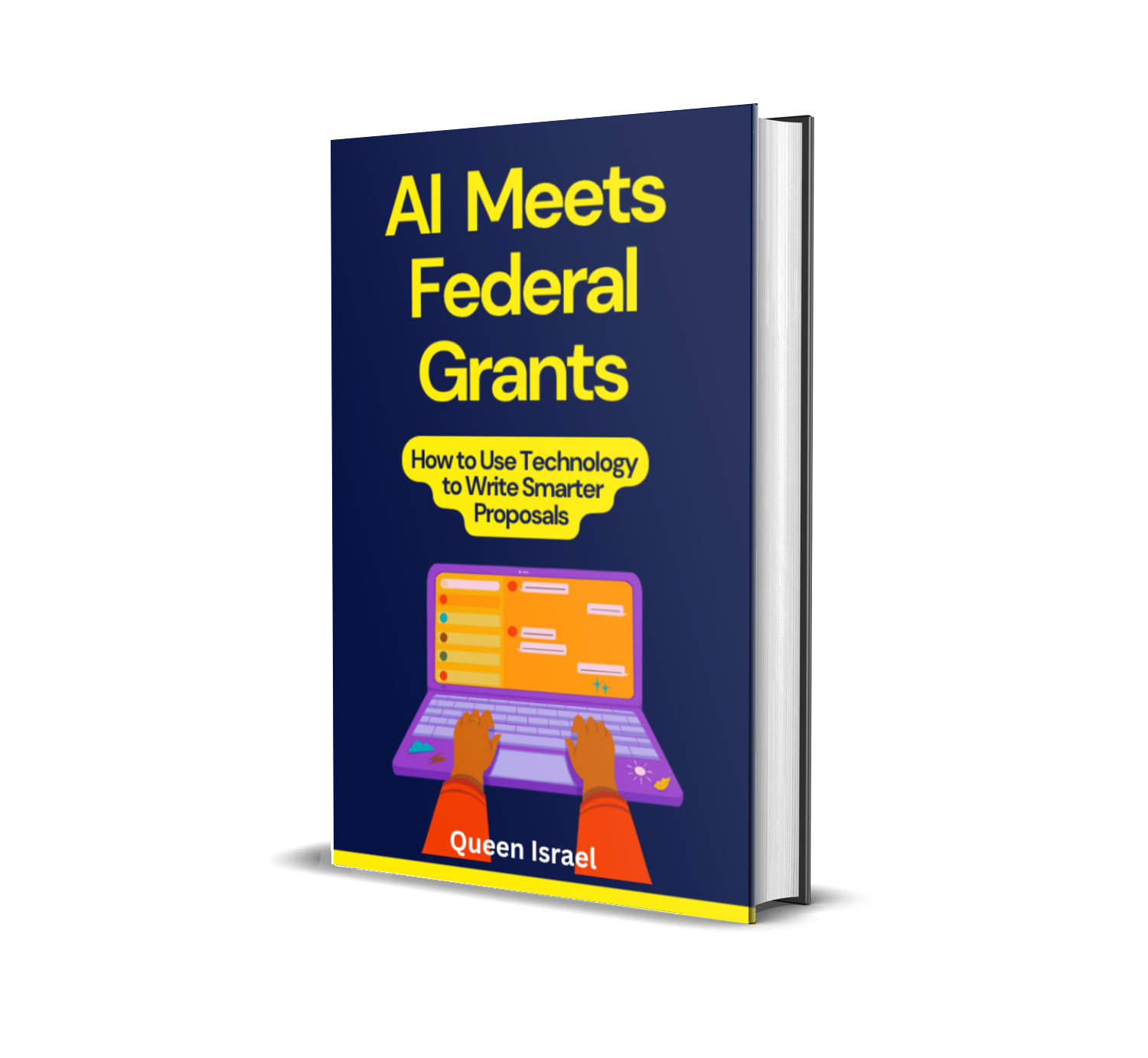Are you running a food pantry or dreaming of starting one, but funding keeps getting in the way?
This post is for you.
Across the U.S., nonprofit leaders are working hard to meet urgent hunger needs in their communities — but even the best ideas need funding to flourish.
The good news?
There are major food pantry grants for nonprofit organizations available right now, and in this guide, we’ll show you:
- Where to find food pantry grant opportunities
- What top funders are looking for
- How to write a compelling grant application
- And powerful insider tips that’ll boost your success rate
✅ Stick around to the end for a free invitation to become a Founding Member of the Grant Writing Academy Newsletter — your ultimate toolbox for nonprofit grant success!
Why Food Pantry Grants Matter More Than Ever
Hunger is rising. From urban food deserts to rural food insecurity, millions of families depend on nonprofit food distribution programs to survive.
But with inflation, supply chain issues, and rising demand, many food banks and community pantries are stretched thin.
This is where grant funding for food pantries becomes critical.
These grants for nonprofit food programs don’t just buy food — they fund:
- Refrigeration units and shelving
- Transportation for food delivery
- Staff salaries and volunteer training
- Outreach programs and nutrition education
- Building renovations and expansion
Without solid grant support, your pantry may struggle to scale. But with it, you can transform your pantry into a powerhouse of hope for your entire community.
Top Food Pantry Grants You Should Know About
Here’s a breakdown of major grant funders for food pantries, what they offer, and how to apply.
1. Feeding America Grant Opportunities
As the nation’s largest domestic hunger-relief organization, Feeding America offers subgrants to local food pantries and hunger-relief partners.
What They Fund:
- Capacity building (cold storage, equipment)
- Mobile pantry programs
- Emergency food assistance
- Nutrition and education initiatives
Who Can Apply:
- Nonprofit 501(c)(3) organizations
- Must be part of or affiliated with a Feeding America food bank
Pro Tip:
Many of their grants are distributed through regional food banks, so reach out to your local food bank to get started.
2. Walmart Foundation Community Grant Program
Walmart gives out thousands of community grants each year to support hunger relief efforts in local communities.
Grant Size:
- Up to $5,000 per organization
Eligible Activities:
- Food purchase and distribution
- Volunteer and staff support
- Capacity building for food-related programs
Application Tips:
Apply online through their CyberGrants portal, and make sure your proposal shows measurable impact on your local community.
3. The Kroger Co. Foundation
Kroger funds community organizations working on food security through its Zero Hunger | Zero Waste Foundation.
What They Fund:
- Food rescue and redistribution
- Food access innovations
- Fresh produce distribution
Unique Twist:
They often look for innovative food pantry models, like mobile food units or technology-integrated systems.
4. USDA Emergency Food Assistance Program (TEFAP)
The USDA provides large-scale support for food banks and local food pantries through TEFAP and other hunger programs.
Who’s Eligible:
- Public and private nonprofit organizations
- Must meet USDA guidelines and work through state agencies
What’s Covered:
- Emergency food purchases
- Storage and delivery infrastructure
- Administrative support
5. Albertsons Companies Foundation (Nourishing Neighbors)
Through Nourishing Neighbors, Albertsons supports hunger relief programs that target food insecurity, especially for school-aged children and seniors.
What Stands Out:
- Localized grants, often awarded through your neighborhood Albertsons or Safeway
- Special focus on holiday food drives and summer meal programs
What Do Funders Want to See in a Strong Application?
If you’ve ever asked, “Why didn’t we get the grant?” — this is for you. Winning grants for nonprofit food pantries requires more than just need.
Here’s what top funders are actually looking for:
1. A Clear and Specific Mission
Example: “Our mission is to reduce hunger in Jefferson County by providing healthy, culturally appropriate food to 1,000 families monthly through mobile and fixed-site pantries.”
Use bold, simple language. Avoid vague phrases like “help the needy.”
2. Data-Driven Needs Assessment
Use local stats to show urgency. Example:
“According to the County Health Rankings, 1 in 4 children in our service area experience food insecurity — nearly double the national average.”
Funders want to see you know your community.
3. A Realistic and Sustainable Budget
Show exactly how grant dollars will be used. Be transparent about:
- Staffing
- Food purchasing
- Equipment
- Administrative costs
Break it down and tie each cost to outcomes.
4. Collaboration with Other Organizations
Funders love partnerships. Mention if you:
- Work with schools or shelters
- Partner with local farms
- Distribute through churches or community centers
“Our food pantry collaborates with four local churches to distribute 2,000 lbs of food each month to underserved seniors.”
5. Impact and Evaluation Plan
Show how you’ll measure success. For example:
- “Track meals served monthly”
- “Survey satisfaction from clients”
- “Report waste reduction metrics”
Quantify everything you can.
Real-Life Success Story
Meet Brighter Days Pantry, a small nonprofit in Ohio. They applied for a Walmart Community Grant and received $3,500.
They used the money to purchase a commercial-grade freezer, which allowed them to store more produce and meat — resulting in a 40% increase in families served per week.
The kicker?
Their success story was featured in a local newspaper, which brought more volunteers and private donations.
Common Mistakes to Avoid
- Submitting Generic Applications
Don’t copy-paste. Customize each grant application to the funder’s goals. - Vague Outcomes
Don’t say “we want to help more people.” Say “we aim to serve 1,000 families in 6 months with 20 lbs of food per household.” - No Follow-Up
Always thank the funder and share your results — this builds long-term relationships.
Insider Grant Writing Tips for Food Pantries
- Use storytelling + statistics. Paint a picture with a real client’s story and back it up with hard data.
- Create a master proposal template so you’re never starting from scratch.
- Follow each funder’s guidelines to the letter. Sounds simple, but it’s where most applicants mess up.
Ready to Win More Grants and Scale Your Pantry?
Here’s the truth: You don’t have to figure this out alone.
Whether you’re just starting your pantry or trying to expand to serve hundreds more, you need tools, training, and a tribe of like-minded changemakers who get it.
That’s why I created the Grant Writing Academy Newsletter — a powerful weekly email filled with:
- Plug-and-play proposal templates
- Fundraising tools tailored for hunger relief nonprofits
- Success strategies from real pantry leaders
Subscribe now to get insider resources that will help you win more grants and grow your impact — faster.
And if you’re truly ready to go from overlooked to overfunded, I invite you to become a Founding Member of the Grant Writing Academy.
As a Founding Member, you’ll get:
- VIP training on writing irresistible grant proposals
- Swipe files, checklists, and funder databases
- Group coaching calls to refine your pitch
- Priority access to our team for feedback and support
Doors are only open for a short time, and space is limited.
Click here to join now and secure your place in the future of faith-rooted fundraising!
Final Thoughts
Getting food pantry grants isn’t about being the biggest or the most polished — it’s about being prepared, persistent, and purposeful.
You’ve got the heart.
You’ve got the mission.
Now it’s time to get the money.
So start applying for the grants listed here.
Sharpen your proposals.
And don’t forget to get the help you need by subscribing to the Grant Writing Academy Newsletter or joining as a Founding Member.
The funding is out there — let’s go get it, together.






I would also love to add if you do not now have an insurance policy or perhaps you do not participate in any group insurance, you will well gain from seeking the aid of a health insurance broker. Self-employed or those with medical conditions ordinarily seek the help of any health insurance brokerage. Thanks for your text.